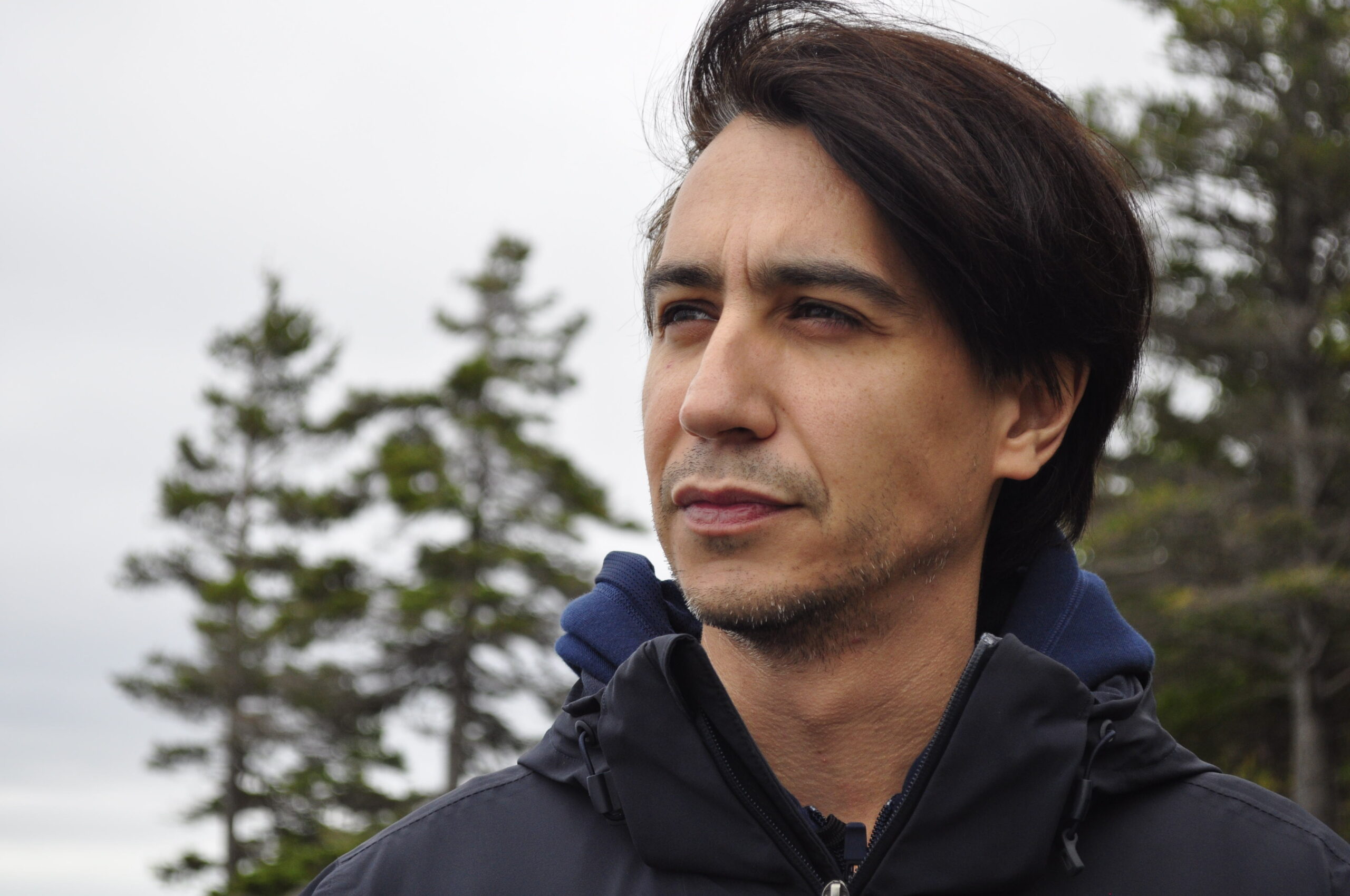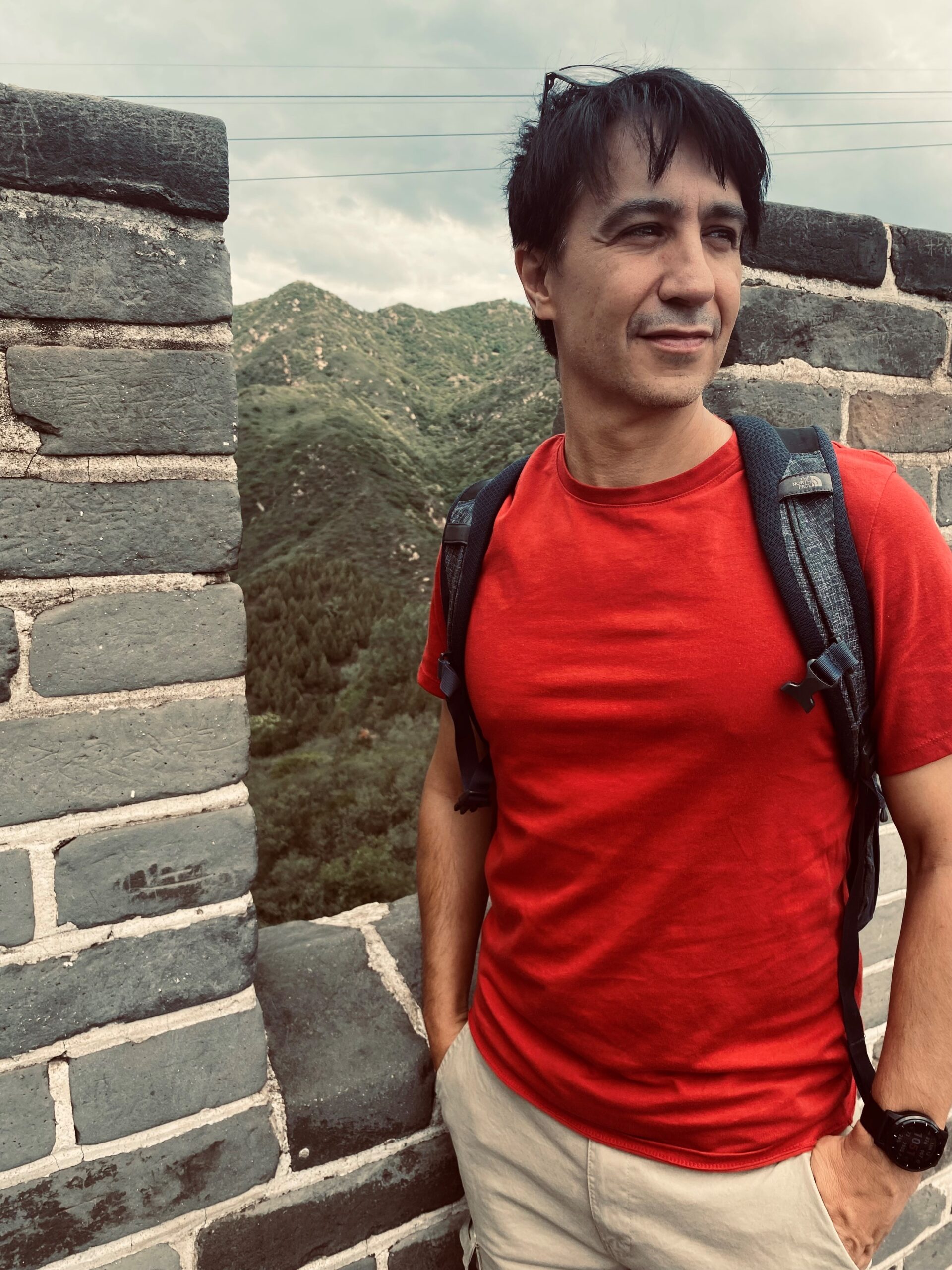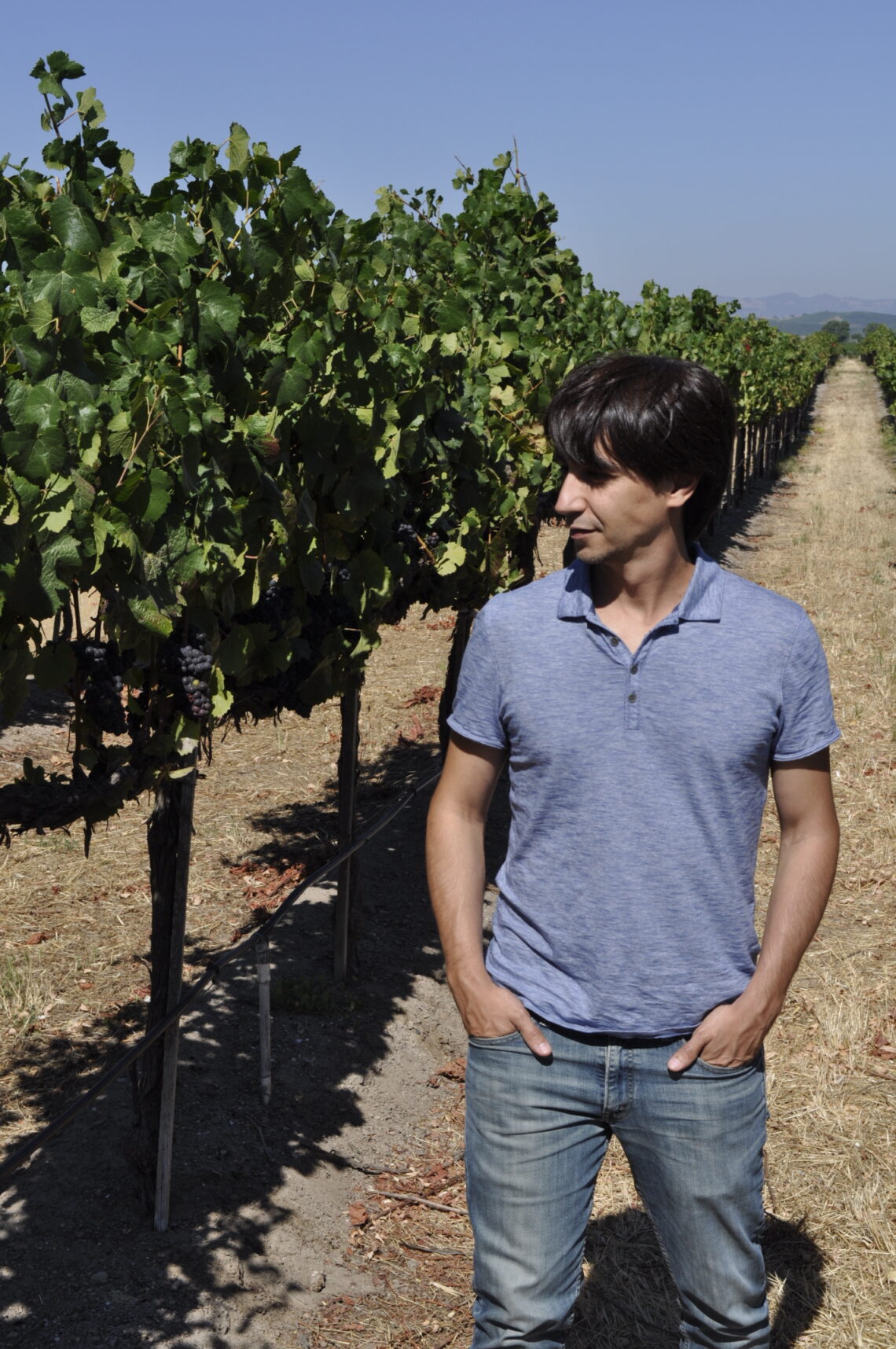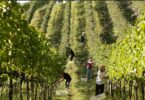The Wolf Post offers a professional service with free access, without subscription.
For this reason, a donation would also be a sign of appreciation for our work.
Extreme summers, with temperatures that well exceed 40 degrees for days but also, in the same season, violent storms and hail the size of tennis balls. It occurs more and more frequently in many parts of the world. At the moment the Mediterranean is one of the regions most affected by the so-called “boiling climate” but the change that has been taking place for some time concerns Planet Earth and not just a part of it.
Agriculture is the sector most affected by climate change and viticulture, in particular, is at risk if prompt action is not taken to limit the damage caused by global warming.
Science has been on alert for years. International research shows clear data but also suggests useful interventions to transform the emergency into a possibility.
Ignacio Morales Castilla, researcher in the Department of Life Sciences of UAH (University of Alcalá), participated in a research survey conducted by Professor Elizabeth Wolkovich, of the Department of Evolutionary Biology and Organisms of Harvard University, published in the journal “Nature Climate Change”, which encourages winemakers to try lesser-known grape varieties to counteract some of the effects of climate change. Morales Castilla worked for a year at the University of the United States to then continue his research in Spain on forecasting models that confirm which grape varieties will adapt best to climate change in the coming decades and, therefore, which ones are best recommended for staggered plantings until 2100.

© Universidad de Alcalá
In this interview, the academic explains the result of his research in detail, drawing useful conclusions for operators in the sector.
Can you explain how you developed the research over the years and what models did you consider?
The research I started with Professor Wolkovich was developed thanks to the collaboration of experts in various disciplines such as climatology, agronomy, biogeography or ampelography. Furthermore, we have been able to count on a large database collected in the field over decades throughout Europe, which has allowed us to develop very sophisticated mathematical models capable of predicting the behavior of the phenology of the different grape varieties. Phenology tells us when key events for a crop such as ripening occur. Our models were able to predict which varieties will bring forward or delay this maturation the most, based on the forecasted climate for the next few decades due to climate change.
The study shows that the majority of vines defined as “international” are mostly of French origin, while almost a thousand vines are grown in southern Europe, most of which are unknown on the world market. The suggestion is to focus precisely on vines capable of adapting to the very high temperatures and the growing drought that is expected due to global warming. Can you explain better which vines are more resistant and which are destined to be replaced?
The answer depends on where and when. In another recent work, we investigated which varieties would be best suited to future climates in different parts of the world. The results show that the answer depends on the geographic region and the level of global warming. In general, earlier varieties (that ripen earlier) would become less viable in warmer wine regions (e.g. Southern Europe), while later varieties would be much more suited to those regions’ future climate. Conversely, these early varieties would still have a long way to go in regions with colder climates (e.g. Northern Europe). All of this would hold true until the most pessimistic warming scenarios are reached.
Based on your studies, what advice can you give to winemakers to adapt in situ cultivation?
A possible advice would be to dedicate a small part of the vineyards to experimenting with other varieties that can act as alternatives to those that have ever worse yields. This is already the case in regions such as Bordeaux, where, through very interesting research projects such as VITADAPT, alternatives to varieties such as Merlot have been experimented for years. Another advice would be to systematize the collection of phenological data in the vineyard and get in touch with the reference agronomic research institute to share this data. This information is proving to be essential to be able to make agronomic predictions that indicate to winemakers which varieties will be most suitable for them in the near future.

© Ignacio Morales Castilla
Our results support that, for the moment and at least partially, it is possible to adapt agriculture to climate change through correct selection of those varieties that best adapt to the future climate. Our work is limited to grape production in climate change scenarios, i.e. the supply of raw material. With respect to the quality of the wines, it must be taken into account that it is the oenologists who then create “alchemy” with this raw material, and our trust in the good work of the oenologists and cellars is very high. In any case, it is very important to underline that as a society we should do everything possible to avoid arriving at the most pessimistic scenarios on climate change because in this context the forecasts prevent us from any optimism.

© Ignacio Morales Castilla
Unlike previous works, our models allow us to identify the future responses of each of the modeled varieties. That is, they allow us to make future predictions on the phenology of each variety. These models can be applied to a very limited number of varieties, since no data exists for the vast majority of varieties. For this reason, in my research group we collaborate with winemakers and agronomic institutes, collecting data to be able to extend the models to a greater number of varieties.The Human being is the cause of global warming. In the world of wine, how can a professional act?
The world of wine is a pioneer when it comes to worrying about how climate change is affecting and will affect agriculture. There are many options for adapting crops to future climate beyond selecting or replacing varieties (e.g. use of shade, micro-sprinklers, irrigation, relocation of vineyards to higher latitudes and altitudes). Unfortunately, these options come at economical costs that may not be affordable for many manufacturers. This means that, in addition to focusing on how to adapt crops to the future climate, we must work intensively to limit the extent of climate change as much as possible using all the mitigation measures at our disposal.As a scientist, what medium-term future do you foresee for the Mediterranean climate wine sector?
Again, the answer depends on the warming scenario we are facing. The rate of warming we have observed in recent years does not allow us to be too rosy. This will force the industry to make changes. For example, it is likely that in the medium term it will be necessary to replace recently planted varieties, which are commercial in nature but less suited to the warmer climate of the Mediterranean, with indigenous, minority varieties or those from other countries known for their high resistance to high temperatures. . and drought. These changes do not have to be negative if they are planned well in advance and accompanied by measures that “educate” consumers’ taste and interest in knowing and appreciating wines made with varieties different from those they already know.* The work of Dr. Morales Castilla is funded by the Ministry of Science and Innovation (ref. PID2019-109711RJ-I00) and by the Community of Madrid and the University of Alcalá (ref. CM/BG/2021-003 to IM -C).








